Feeding wild birds is a joyful activity that connects us with nature and provides essential support to our feathered friends, especially during harsh weather conditions. While commercial bird seed mixes are readily available, you might be surprised to learn that many everyday foods from your kitchen can make excellent bird treats. Beyond the traditional offerings, there exists a variety of unexpected food items that birds not only can safely consume but actually benefit from nutritionally. Understanding what’s appropriate to share with backyard visitors can enhance their diet while keeping them healthy. This article explores six surprising food items you can confidently offer to the birds visiting your garden, along with essential guidelines for responsible feeding practices.
Understanding Bird Nutrition Basics
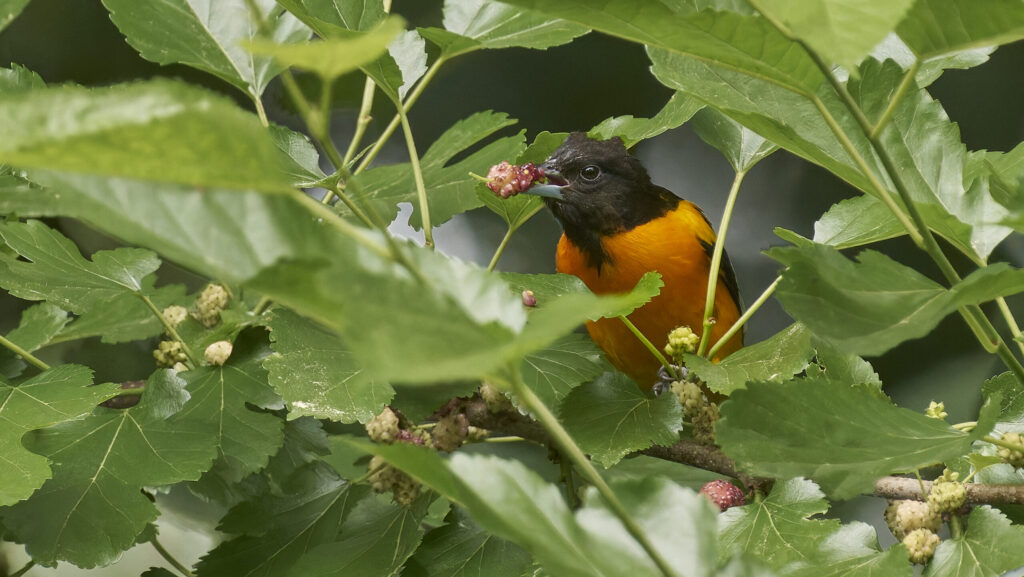
Birds require a balanced diet that includes proteins, carbohydrates, fats, vitamins, and minerals to maintain their health and energy levels. Different species have varying nutritional needs, with some being primarily seed-eaters, while others prefer insects, fruits, or nectar. Wild birds generally forage for a diverse range of foods in their natural habitat, which helps them obtain all necessary nutrients. When providing supplemental food, it’s important to offer options that complement their natural diet rather than replace it entirely. Understanding these basic principles can help you make better choices when selecting kitchen scraps or special treats to share with your backyard visitors. Remember that any supplemental feeding should enhance, not disrupt, birds’ natural foraging behaviors.
Unexpected Food #1: Plain Cooked Pasta
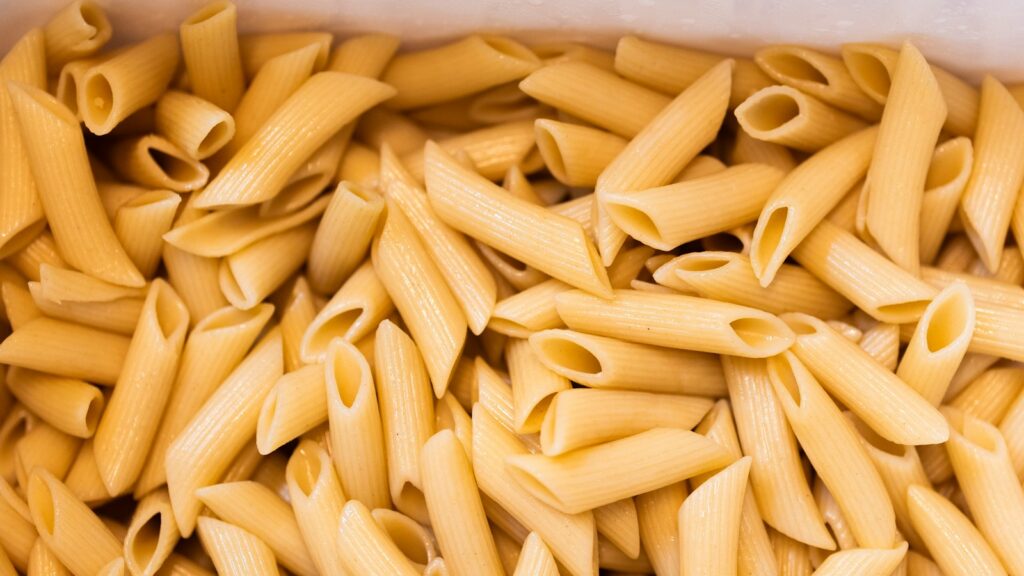
Unseasoned, cooked pasta makes a surprisingly suitable treat for many backyard birds, particularly during cold months when extra carbohydrates can provide valuable energy. Pasta should be fully cooked and cut into small, manageable pieces that birds can easily pick up and consume. Whole wheat or grain varieties offer more nutritional benefits than white pasta, providing additional fiber and nutrients. Many birds, including jays, robins, and starlings, will eagerly accept this unexpected food source. Ensure the pasta contains no salt, butter, oil, or sauces, as these additives can be harmful to birds’ delicate digestive systems. This simple carbohydrate can be especially helpful during breeding season when parent birds need extra energy for feeding their young.
Unexpected Food #2: Unsalted Cheese
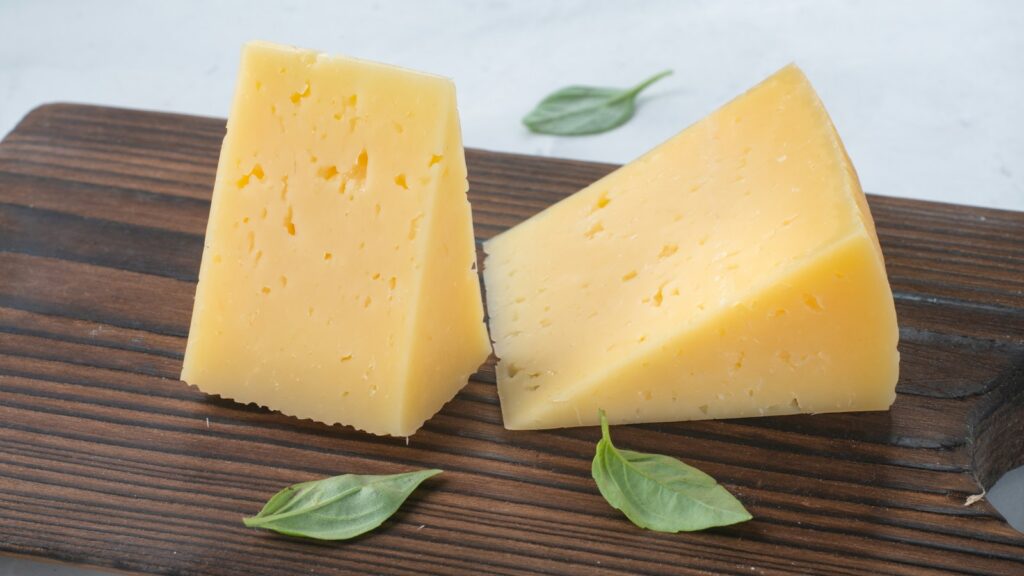
Mild, unsalted cheese provides an excellent source of protein and calcium for birds, particularly appealing to species like robins, wrens, and titmice. Hard cheeses such as cheddar can be grated or cut into small cubes and scattered on bird tables or feeders. The high fat content makes cheese especially valuable during winter months when birds need extra calories to maintain body temperature. However, moderation is key – cheese should be offered sparingly and only as an occasional treat rather than a dietary staple. Avoid processed cheese products, cheese spreads, or any varieties containing additives, colorings, or high salt content. Fresh, natural cheese options provide the most benefits while minimizing potential digestive issues for your feathered visitors.
Unexpected Food #3: Plain Cooked Rice
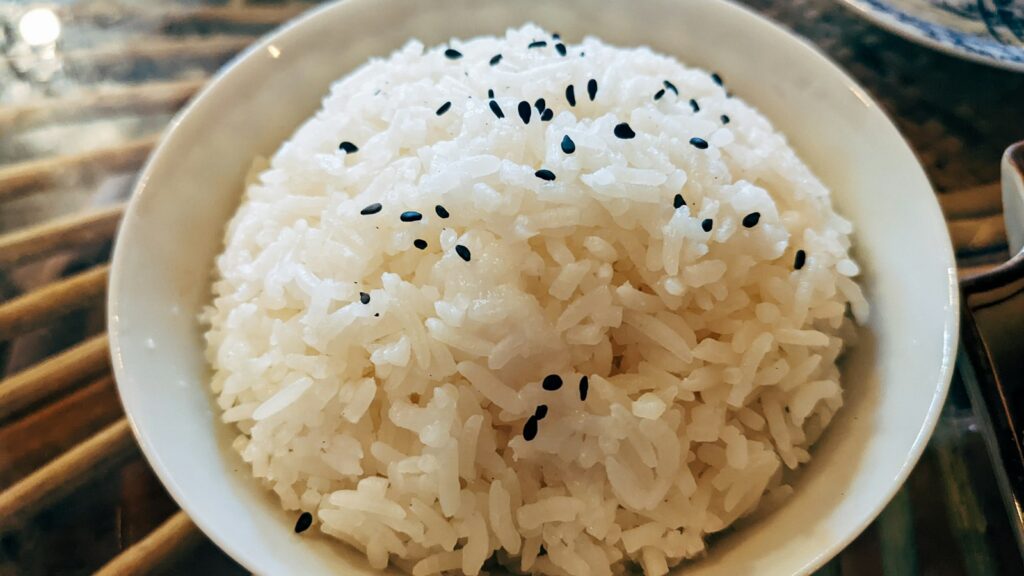
Contrary to the persistent myth that rice harms birds by expanding in their stomachs, plain cooked rice is actually a safe and nutritious option for many bird species. Both white and brown rice varieties are acceptable, though brown rice offers more nutritional value with its higher fiber content and additional nutrients. The rice should be thoroughly cooked and cooled before being offered to birds, with no salt, spices, or other seasonings added. Many ground-feeding birds like doves, pigeons, and sparrows particularly enjoy picking through scattered rice grains. This simple carbohydrate source can be especially beneficial during colder months when birds require more energy-dense foods. During migration seasons, rice can provide a quick energy boost for traveling birds taking a rest in your yard.
Unexpected Food #4: Unsalted Nuts
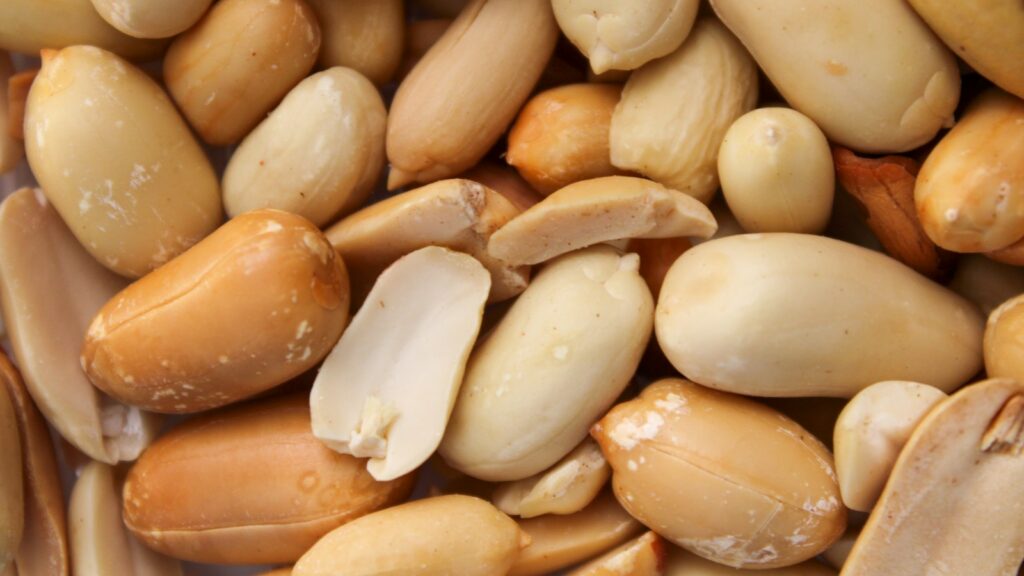
Raw or roasted unsalted nuts offer birds an excellent source of healthy fats, proteins, and essential nutrients that support their overall health. Peanuts, walnuts, almonds, and pecans are particularly popular among larger species like jays, woodpeckers, and nuthatches. Always ensure nuts are unsalted and unflavored, as salt and seasonings can be harmful to birds’ kidneys and digestive systems. For smaller birds, consider chopping or crushing nuts into more manageable pieces that they can easily handle and consume. Fresh nuts are preferable to those that show any signs of mold or rancidity, which could cause serious health issues for birds. During fall and winter, nuts with high fat content provide crucial energy that helps birds maintain their body temperature in cold weather.
Unexpected Food #5: Plain Popcorn
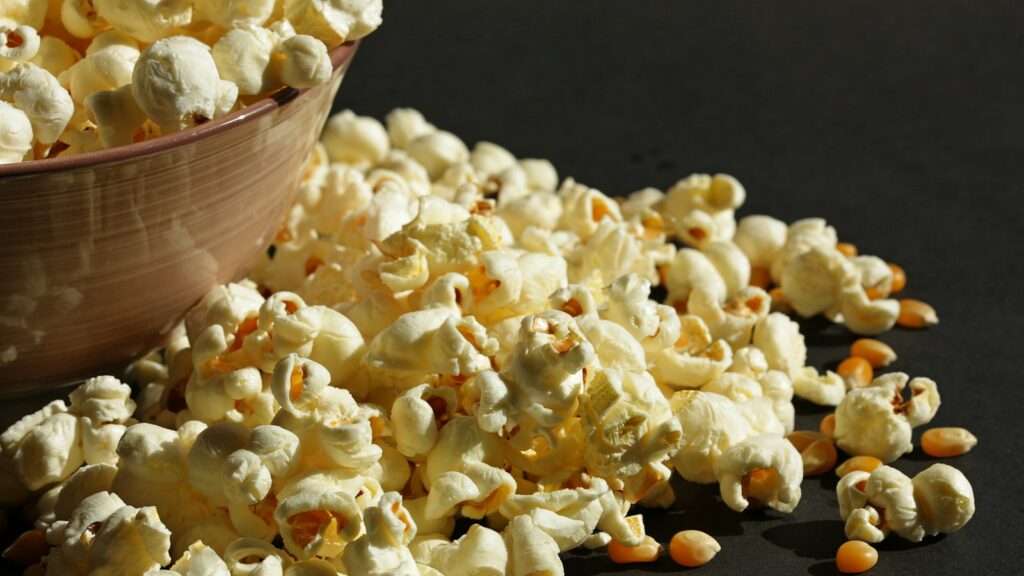
Air-popped popcorn without butter, salt, or other seasonings makes a delightful treat that many bird species enthusiastically accept. This whole grain snack provides carbohydrates and some fiber, making it particularly valuable during cold weather when birds need extra energy. The light, airy texture of popcorn makes it easy for even smaller birds to pick apart and consume. Avoid microwave popcorn or any varieties containing artificial flavors, oils, or salt, as these additives can be harmful to birds. Offering plain popcorn is not only nutritious but also provides an opportunity to repurpose leftovers from your own snacking. Birds like jays, crows, ducks, and pigeons seem especially drawn to this unusual offering and will often return regularly once they discover it’s available.
Unexpected Food #6: Fresh Coconut
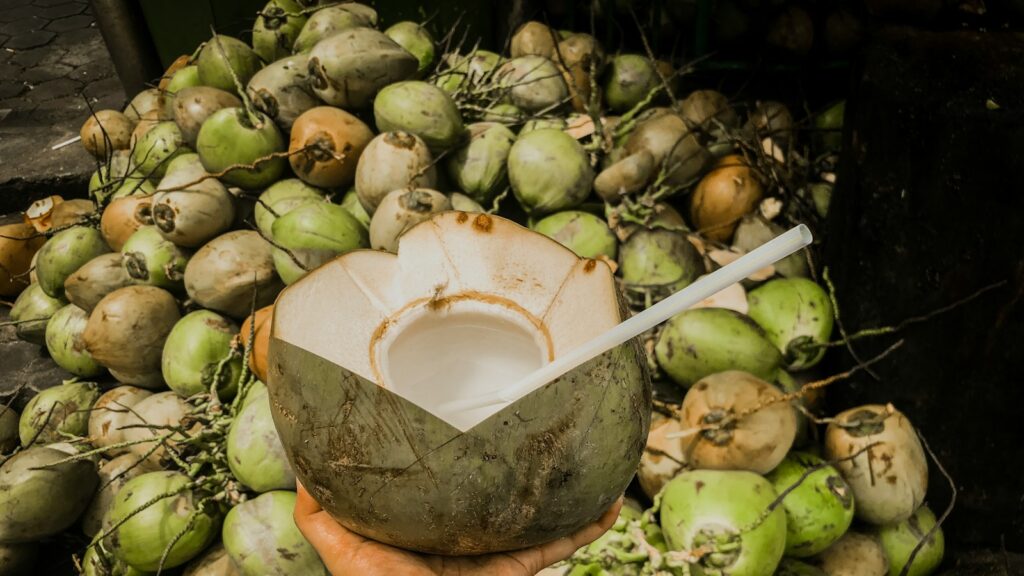
Fresh coconut meat provides birds with an excellent source of healthy fats and nutrients that can support their energy needs, particularly during breeding and migration seasons. The raw, unsweetened flesh can be offered in small pieces or shreds, making it accessible to various bird species of different sizes. Many tropical and subtropical birds naturally include coconut in their diets, but even temperate zone visitors like chickadees, woodpeckers, and nuthatches will readily accept this nutritious treat. The natural oils in coconut meat provide concentrated energy that helps birds maintain their body temperature during cold weather. When offering coconut, ensure it’s fresh and free from any signs of mold or rancidity, as spoiled coconut can cause digestive issues. This unexpected food not only provides nutritional benefits but also adds variety to birds’ diets, which more closely mimics their natural foraging habits.
Foods to Strictly Avoid
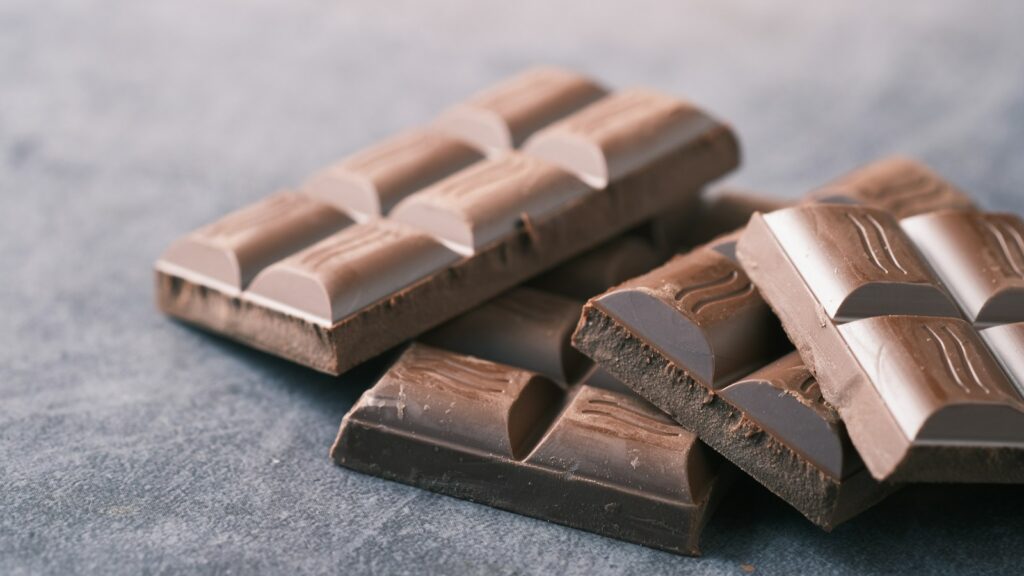
While many human foods can safely be shared with birds, certain items pose serious health risks and should never be offered. Chocolate contains theobromine, which is toxic to birds and can cause vomiting, diarrhea, seizures, and even death. Avocado contains persin, a fungicidal toxin that can be fatal to birds, causing respiratory distress and heart failure. Salty foods like chips, crackers, and salted nuts can lead to dehydration and kidney dysfunction, as birds cannot process sodium efficiently. Foods containing caffeine or alcohol should be strictly avoided, as even small amounts can affect birds’ nervous systems and prove fatal. Moldy or spoiled foods may contain harmful bacteria or mycotoxins that can cause severe illness. Understanding these dangers helps ensure your feeding practices support rather than harm the birds visiting your yard.
Proper Food Preparation Guidelines
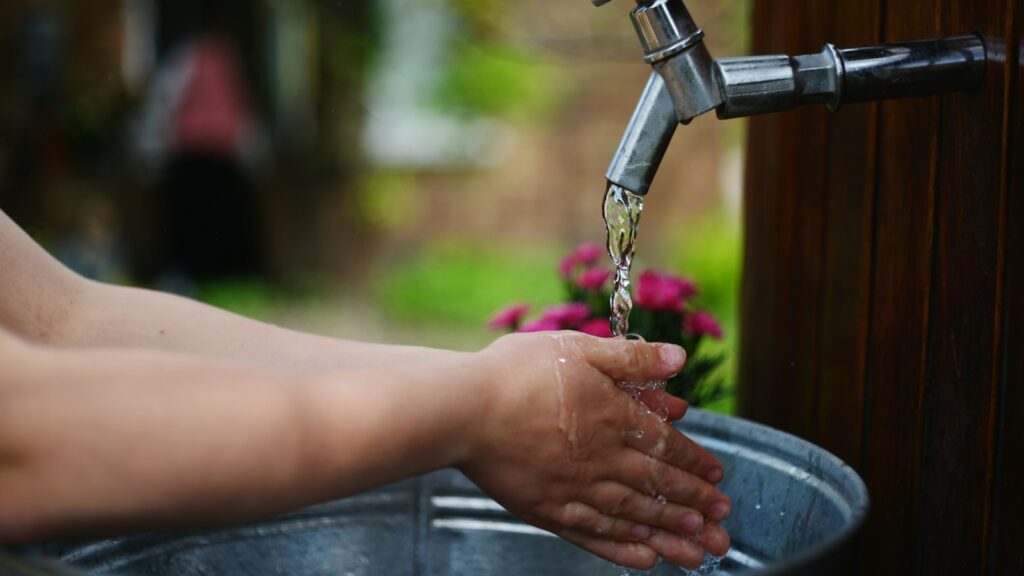
When preparing any food for birds, follow basic guidelines to ensure safety and maximum nutritional benefit. Always wash hands thoroughly before handling bird food to prevent transferring harmful bacteria. Cut or break larger food items into appropriately sized pieces based on the species visiting your feeders – smaller birds need smaller pieces than larger visitors. Avoid adding any seasonings, salt, sugar, or preservatives to foods intended for birds. Ensure all offerings are fresh and show no signs of mold or spoilage, removing uneaten portions within a day to prevent bacterial growth. During warmer months, put out smaller quantities that will be consumed quickly rather than large amounts that might spoil in the heat. Following these simple preparation guidelines helps protect birds’ health while maximizing the benefits of your supplemental feeding.
Seasonal Feeding Considerations
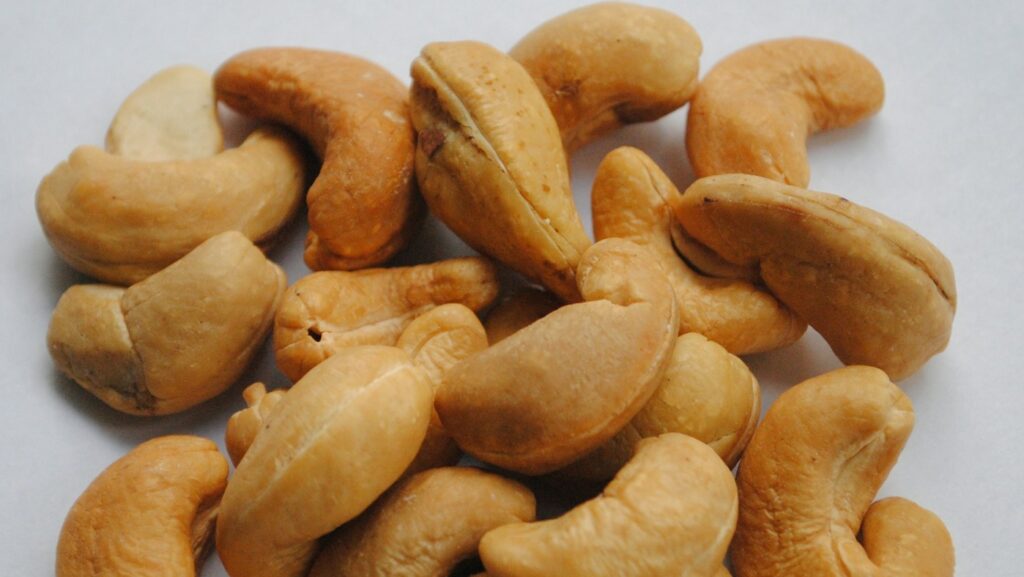
Birds’ nutritional needs vary significantly throughout the year, influencing which foods provide the most benefit during different seasons. During winter, high-fat and high-calorie options like nuts, cheese, and coconut become particularly valuable as birds require extra energy to maintain body temperature in cold weather. Spring brings breeding season, when protein-rich foods support egg production and nestling development. Summer feeding should be minimal as natural food sources are abundant, though providing small amounts of fresh foods can supplement wild diets during drought conditions. Fall migration periods call for energy-dense foods that help birds build fat reserves for their long journeys. Adjusting your offerings to align with these seasonal needs ensures you’re providing the most beneficial supplemental nutrition. Remember that natural food sources should always remain birds’ primary diet, with your offerings serving as supplemental nutrition rather than their main food source.
Proper Feeding Stations and Placement
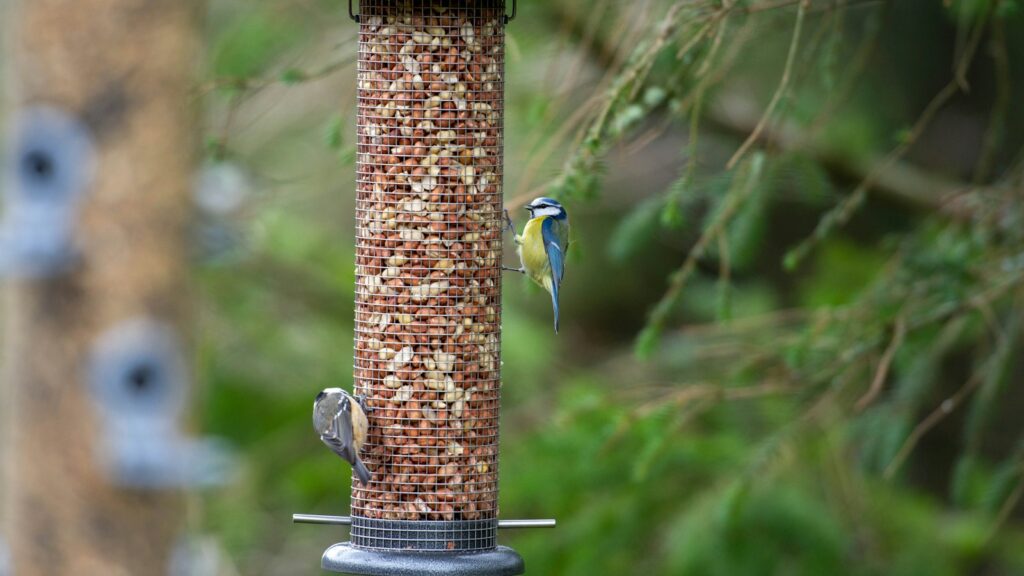
The way you present food to birds significantly impacts both their safety and the likelihood of various species visiting your offerings. Platform feeders work well for larger food items like cut fruits or bread pieces, while mesh feeders can contain smaller items like rice or chopped nuts. Position feeding stations at different heights to accommodate various species’ preferences – ground feeders like sparrows and juncos prefer food placed low, while chickadees and nuthatches readily visit elevated platforms. Ensure feeding areas are placed near cover such as shrubs or trees where birds can quickly retreat if threatened by predators. Regular cleaning of feeding stations prevents the spread of diseases that can decimate bird populations. Consider spreading food in multiple locations rather than concentrating it in one spot, which reduces competition and allows more timid species to access the offerings.
Responsible Feeding Practices
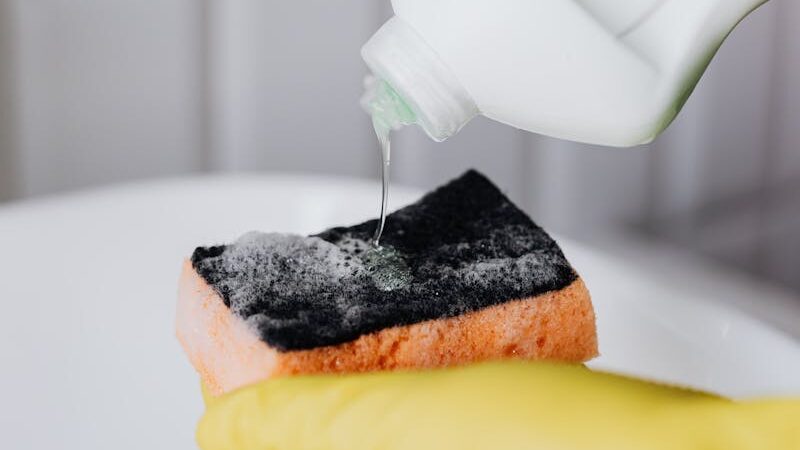
Feeding birds carries a responsibility to do so in ways that support rather than harm their health and natural behaviors. Offer supplemental foods consistently during winter months when natural sources are scarce, but reduce offerings in summer when wild foods abound. Clean feeders and feeding areas regularly with a mild bleach solution (one part bleach to nine parts water) to prevent the spread of diseases that can quickly affect multiple birds. Avoid creating dependency by providing moderate amounts rather than excessive quantities that might discourage natural foraging. Consider the entire ecosystem when feeding – excessive bread or similar carbohydrates can attract unwanted species like rats or larger aggressive birds that may displace smaller visitors. Remember that supplemental feeding is meant to enhance birds’ diets, not replace their natural foraging behaviors, which are essential for maintaining ecological balance.
Observing and Documenting Bird Visitors

Offering unexpected foods to birds provides an excellent opportunity to observe and learn about the species visiting your yard. Consider keeping a journal to record which species are attracted to specific food types, helping you refine your offerings to benefit the birds you most want to support. Note seasonal changes in visitation patterns and food preferences, which can reveal fascinating insights into birds’ natural cycles. Photography can document unusual visitors or behaviors, creating a visual record of your backyard biodiversity. Many citizen science projects welcome data from backyard bird watchers, allowing your observations to contribute to broader scientific understanding of bird populations and behaviors. This documentation not only enhances your personal enjoyment but can provide valuable information about changing bird populations in your region.
Conclusion: Balancing Supplemental Feeding
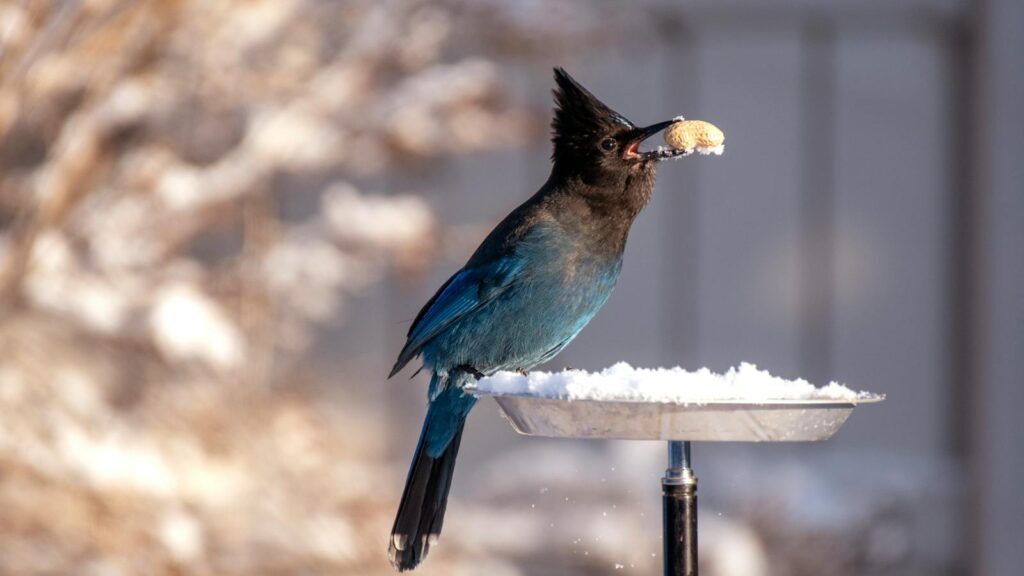
Offering unexpected foods like plain pasta, unsalted cheese, cooked rice, unsalted nuts, plain popcorn, and fresh coconut can enrich birds’ diets while providing you with delightful wildlife observation opportunities. These supplemental foods work best when offered as part of a varied diet that includes traditional bird seeds and natural foraging. Remember that the healthiest approach balances human assistance with support for birds’ natural feeding behaviors. By following proper preparation guidelines, understanding seasonal needs, and practicing responsible feeding techniques, you can create a backyard sanctuary that genuinely benefits your feathered visitors. The joy of watching birds enjoy these unexpected treats adds a new dimension to wildlife appreciation while fostering a deeper connection with the natural world around us. With thoughtful practices, your bird feeding can support local biodiversity while providing endless moments of wonder and discovery.
